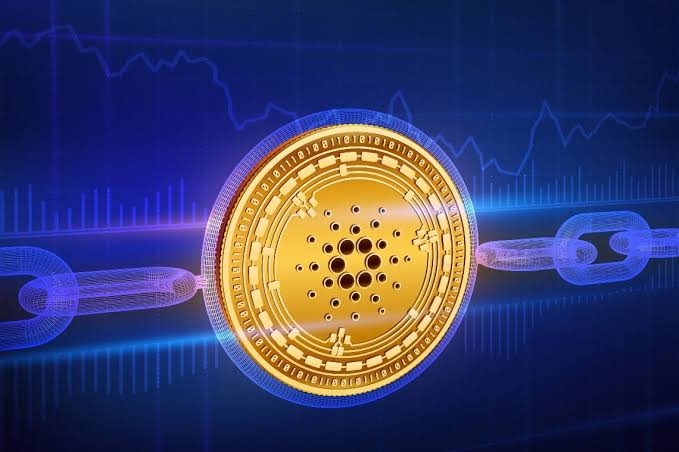As many updates went live earlier this year, Cardano transactions increased, bringing more users and developers to the network. Such data typically come before a rise in token values since they show rising usage and demand. According to a research by analytics company Messari, Cardano blockchain activity increased in the second quarter in terms of value locked and transactional metrics compared to the first quarter due to technical advancements and a boost in developer engagement. According to Messari, other new decentralized applications, or dapps, also contributed to the surge, even though decentralized exchange Minswap demonstrated the highest absolute growth.
The analysis compared second-quarter developments to first-quarter numbers and was ordered by Cardano developer Input Output. While transaction activity increased, it was reported that fewer users were active every day. This was the fourth decline in address activity in the previous five quarters.
“The ratio of transactions to active addresses has been growing steadily over the past five quarters, suggesting that the average user is more active now than they previously were,” the report said. “In Q2, the Transaction / Active Address ratio of 1.19 was up 6.1% QoQ and 13.2% YoY.”
Blockchain load, which measures the amount of data included in blocks during a predetermined time period, increased from under 40% to 50% over the past three months. In May, it reached its highest point of 81%. The amount of tokens locked on Cardano as of Monday was $175 million, the highest level for the year but still roughly 50% behind the lifetime top of $340 million reached in May 2022, according to DefiLlama data. Such activity follows significant Cardano upgrades since the beginning of this year.
In June, a modification went into effect to lessen “epoch” transitions and improve the network users’ experience with the blockchain. On Cardano, time periods are referred to as epochs, with each epoch lasting 432,000 slots and each slot equaling one second. These epochs in which new blocks on the Cardano network are created are when ADA tokens are staked, which may lead to an increase in demand for the tokens as block rewards become more profitable dependent on activity. The functionality of the Cardano ecosystem was increased in March thanks to a feature on Milkomeda, a network that links blockchains to the Ethereum Virtual Machine (EVM). Milkomeda is a network that connects blockchains to the EVM.
All Ethereum accounts and smart contracts are stored on an Ethereum Virtual Machine, which operates as a virtual computer utilized by programmers to create dapps. The new functionality will make it possible for developers of Ethereum-based applications to construct on Cardano’s network using Solidity, the programming language used to create Ethereum, without the need to set up new toolkits or learn a new programming language.
The utility of the tokens for holders will increase since these applications can then be used exclusively using Cardano tokens rather than ether (ETH), the Ethereum network’s native asset.

